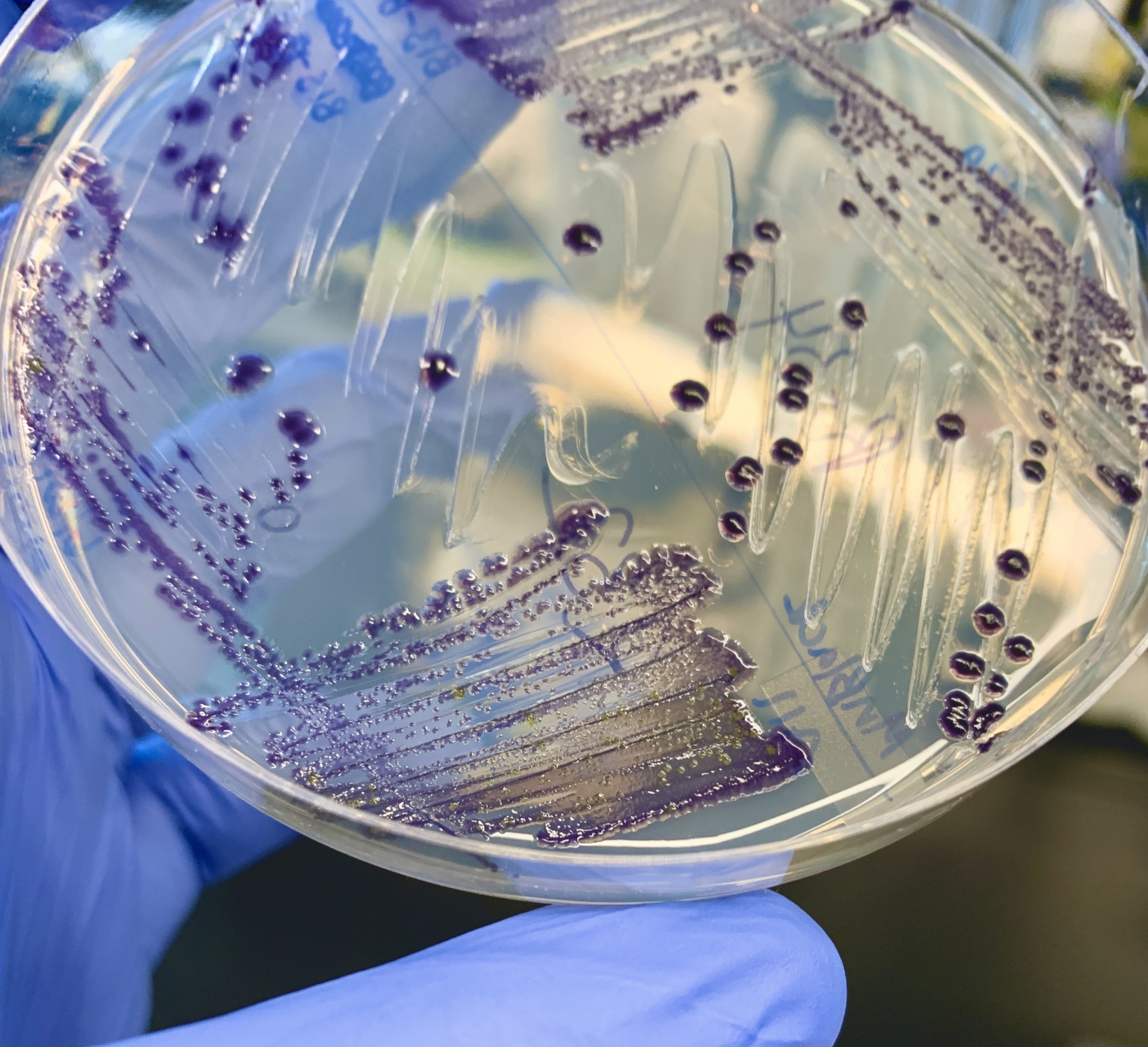Wardrobe malfunctions are never fun. When on Earth, they might be a nuisance or prove somewhat embarrassing. In space however, they could be a matter of life and death. Not to mention, how do you handle, uhm, laundry on the Moon?
The European Space Agency (ESA) says that the next generation of lunar explorers will be kitted with a wholly upgraded set of spacesuits. And textile tech has come quite a way since the iconic string of Apollo missions in the ‘60s and ‘70s.
Other than having to stand up to an extra-terrestrial environment characterised by high vacuum, radiation, extreme temperatures, and space dust, spacesuits are also subject to good old fashioned germs.
As we gear up to send humans to the Moon for the first time in over 50 years, ESA is conducting a project called PExTex to assess suitable materials for future spacesuit designs.
Keeping your underwear clean, in space
It is joined by the Austrian Space Forum (OeWF), which is leading a sub-project called BACTeRMA, trying to find ways of limiting microbial growth in the inner lining of the material. (The abbreviation stands for Biocidal Advanced Coating Technology for Reducing Microbial Activity.)
“Think about keeping your underwear clean; it’s an easy enough job on a daily basis, thanks to detergent, washing machines and dryers,” ESA materials and processes engineer Malgorzata Holynska commented. “But in habitats on the Moon or beyond, washing spacesuit interiors on a consistent basis may well not be practical.
“In addition, spacesuits will most probably be shared between different astronauts, and stored for long periods between use, potentially in favourable conditions for microorganisms. Instead we needed to find alternative solutions to avoid microbial growth.”


The researchers had to forego traditional antimicrobial materials such as copper and silver as they are likely to tarnish over time, not to mention chafe. The team then turned to what are called “secondary metabolites.”
These are organic compounds produced by plants, fungi, and microorganisms, but they are not directly involved in basic cellular processes required for growth, development, and reproduction. Their functions involve protection from pathogens and other organisms, which is what lends them their antibiotic qualities.
Austrian textile startup has ‘unique collection’
To work out the details on how to actually get these materials onto fabric, the OeWF has enlisted the Vienna Textile Lab. Apparently, the Austrian startup, which focuses on developing organic colours for textiles using microbes, is in possession of a unique “bacteriographic” collection.


The two have collaborated on various “biocidal textile processing techniques,” such as dying cloth with the metabolites and then exposing them to both human perspiration and all other kinds of stressors they will encounter in space.
These newly developed fabrics are currently being integrated into a spacesuit simulator, and are scheduled to undergo field testing in March 2024.
Where humans go, bacteria will follow. Many of these microorganisms are literally vital to life on Earth. They may also become essential in everything from producing rocket fuel to manufacturing food on longer space missions to Mars. However, as anyone who has ever suffered from food poisoning can attest, they can also be downright nasty little buggers. What’s more, there is evidence some species can survive in the harsh environment of space for years.
Keeping harmful bacteria at bay is crucial to a successful space mission. NASA says it “puts a lot of effort” into knowing which microbes might hitch a ride on the spaceships heading out to orbit, and continuously monitors what’s going on with bacteria on the International Space Station (ISS). Some teeny-tiny astronauts are even brought along on purpose, for space microbiology research.
Services Marketplace – Listings, Bookings & Reviews
